Traditionally, the valuable natural fertilizer of animal origin is used to enrich the soil in the garden and garden - manure. This name is like from the ancient Russian "manure", which means "What is brought." In general, manure is a vital product - excrement of farm animals (cows, horses, sheep, goats and pigs), as well as their mixtures in a variety of proportions. Such fertilizers are inexpensive and organic, they can be regularly used in the form of a natural source of nutrients for different plants.
Useful properties of manuza
According to statistics, about 90% of the harvest of vegetables and cereals gets as animal feed, which processes it into excrement. A person has long been learned to use these livestock products to increase the yield of various crops by processing manure to fertilizer. Its use in the fields, in the garden and garden as a natural storehouse of nutrients that feed the soil and the root system of plants is quite justified. The active microflora contained in the manure is a suitable feeding and source of energy for the soil of various types. With its help, it is possible to significantly improve the physiological characteristics of the soil, minimize the harmful effects of herbicides and nitrates.
The organic fertilizer obtained by naturally is characterized by the following useful properties:
- has the ability to bring a large number of different microorganisms into the soil and increase the level of humus, which is a valuable source of plant nutrition;
- it is a complex, gradually acting fertilizer, uniformly fading plant with nutrients;
- decomposing in the soil, enriches the root system of plants with carbon dioxide, favorably affecting the process of photosynthesis process;
- with it, it is possible to effectively balance the composition of the soil. This type of fertilizer increases the looseness and permeability for water and air heavy clay soils, at the same time gives a light sandy and supere soil viscosity and the ability to better retain moisture.
With the help of fertilizer, manure can significantly increase the yield of the soil immediately after its introduction, as well as in subsequent years. Such an organic fertilizer acts gradually and long-term (on clay soils, the effect of feeding with manure is maintained up to 5-6 years, for supernediests - about 3-4 years). The advantage of using manure as fertilizer is universality - it can be made to the soil of any type.
Recycling manure to fertilizer
Depending on the workpiece of manure and the method of its storage, fertilizer is obtained with different characteristics. The following methods of processing manure to fertilizer are distinguished:
- loose storage without compaction (for example, when laying in bags, boils) - accompanied by tangible losses of nutrient organic substances and nitrogen, with a corresponding reduction in the quality of manure. With the addition of a small amount (about 3%) of phosphate flour loss of nitrogen loss in fertilizer can be minimized;
- dense (cold) way of storage of manure - in a shady seat It is necessary to clear the pad with a dense soil, on it with a layer with a thickness of about 25 cm lay the dry litter to absorb the dung alive (dry ground and leaves, peat). From above with sealing layers, manure is stacked - in alternating with layers of thoroughly ventilated peat or land. A dung bunch of 1.5-2 m height should be covered with a film or a layer of peat, land, dry leaves, snow, to put the turf on the side. In this way, you can store dung in the winter, on the spring-autumn period over the bile, you will need to build a canopy to protect against precipitation.
It is necessary to monitor that in the process of storage there is no convergence and drying out the manure, as well as its overlap weeds.
Types of manure and features of its use
Depending on the origin (the species of animals, the methods of their nutrition used), as well as the method of billet and the degree of decomposition, the composition of the manure is largely different in its quality characteristics.
Traditionally, the following types of this natural fertilizer are used to enrich the soil in the garden and garden:
- horse manure is characterized by high air product, porosity and ferryness of the structure, speed of decomposition with the release of a significant amount of nitrogen and heat (at a temperature of about 50-70 ° C). This species is actively used for soil fertilizer and planting plants in greenhouses and greenhouses, as well as to enrich heavy and non-fermentation soils. The rate of making horse manure is about 4-6 kg per 1 m 2. It can be mixed with sawdust, and it should be borne in mind that after their overheating in the soil it is recommended to add lime. Horse manure can be dealt with the stables, as well as in the centers of equestrian sports, sawdust - on the pyloram;
- the manure of cattle - is characterized by a semi-liquid heavy and water structure, decomposed at low temperatures (about 15-25 ° C), slightly warmed with the soil. To increase the expansion temperature of manure, it is mixed with wood sawdust in the proportion of 3: 1. In the manure of cattle can multiply lamellar mushrooms and leaning, negatively affecting the growth of plants. Prevent the appearance and growth of mushrooms in the manure is easy - for this it is necessary to add some lime to the soil (about half a million on 1m 2 soil). Cow manure - cheap and convenient to use organic fertilizer, not too rich in nutrients, at the same time to enrich the soil it can be used in significant quantities (the rate of application - 6-10 kg per 1 m 2). This species of fertilizer keeps water perfectly, due to which it is suitable for enriching sandy and super-silent soil species. The manure of cattle in excess and inexpensively can be dealt with livestock farms;
- the manual of small livestock (sheep, goats, etc.) - contains a significant amount of nutrients, is distinguished by dry and dense structure, as a result of which it decomposes slowly at sufficiently high decomposition temperatures (about 70 ° C). To speed up the process, this manure is recommended to be mixed with cowhide. This type of fertilizer is suitable for feeding compacted clay, lugustic soils and cold soils, heating the beds and soil in greenhouses;
- rabbit manure is rich in nitrogen, potassium and phosphoric acid. Such organic fertilizer will successfully replace chemical feeding. It is recommended to use rabbit manure in autumn and in winter - it makes a scatter on the land purified from the crop, including it is possible to scatter it directly on the snow cover (in the spring it will dissolve in a taking snow and effectively supports the soil). Two years of soil fertilizer to rabbit manure will make Earth light, fluffy and fertile. In addition, unlike horsepower and cow, the rabbit does not contribute to the soil numerous weed seeds;
- pig manure is suitable for warm and light soils, characterized by a semi-liquid structure and high acidity, long decomposition at low temperatures, as well as significant content of seed plants. This type of manure significantly enhances the acidity of the soil, so it should be made with the obligatory addition of lime into the soil - at the rate of 0.5 kg of lime per 100 kg of swine manure. To enhance nutritional value and accelerate decomposition, this type of manure is mixed with horsepower.
According to the degree of expansion of manure, it is possible to distinguish its following varieties:
- fresh - when he gets into the ground, it is able to coherent the activity and even lead to the disease and death of plants (due to the allocation of a significant amount of carbon dioxide and the "ignition" of their roasting system). In addition, in the fresh manure contains various harmful additives - a significant amount of weed seeds, which, when entering the ground, can germinate, as well as worm eggs, mushroom disputes, etc. In the fresh and underdeveloped manure of the straw fully maintains appearance and strength;
- the semi-proverse - in it, the straw acquires a dark brown color and spreads. Such manure can be added when the soil is drunk in the fall (at the rate of 5 kg per 1 m 2). In addition, it is possible to feed the plants using its weakly concentrated solution (for this you will need 1 kg of manure on 10 liters of water) - such a feeding will be useful for cucumbers, cabbage, zucchini, as well as pumpkins and spinach. With the appearance of weeds, these vegetable beds are easy to rope, and next year, in the same place, instead of the specified vegetables, tomatoes can be planted, as well as root - potatoes, beets or carrots;
- overwhelming is such a manure in the form of a black homogeneous substance, in which the straw fully decomposed is about 50% of the initial mass. When the soil is loosening, it is added at the rate of 10 kg to 1M 2. In addition, the reworked manure is added to the soil mixture for seedlings - for this it is necessary to take 1 part of the manure and 2 parts of the soil. For the preparation of aqueous solution, 2 kg of such manure on 10 liters of water will be needed;
- the humus is the most valuable and universal fertilizer of organic origin rich in various nutrients. The humus is obtained by final expansion of manure and has the kind of loose eneous mass. Overloaded manure is suitable for different types of plants, contributing to the full development and significant improvement in the taste of all sorts of rooteplood. It is added to a variety of soil mixtures and used for seedlings, as well as mulching. In the autumn and spring pumping in the soil, a manure is added at the rate of 1: 4.
Rules for making a manure
There are some universal rules for using the manure as fertilizers, observing which can be avoided when feeding the disease and damage of plants and get a great harvest:
- regardless of the type of soil and the agricultural culture grown on it, do not bring fresh manure to the ground - to avoid the release of an excessive amount of gases and heat in the process of its primary decomposition, followed by damage to the roasting system;
- as a fertilizer, trampled manure are traditionally used. Depending on the processing stage, nutrient chemicals that are initially in the dung in the associated state, by processing microorganisms are released, converted into easily digestible forms and gradually enter as feeding to the root system of plants;
- contact manure with young shoots, stems and leaves should be avoided, as they can occur their burnout and fluid;
- before applying manure as a fertilizer, it is necessary to give it time for overloading, otherwise it loses a significant part of its nutritional value;
- adding straw to manure slows down the process of its decomposition;
- the depth of manure making depends on the state of the soil. After scattering this fertilizer, the soil is drunk. It should be borne in mind that for heavy compacted types of soil, it is recommended to close the manure to 12 cm to 12 cm, and for light sandy and quickly dried - to the depth of the shovel of the shovel (about 20 cm);
- when calculating the dose of fertilizer with manure, it is necessary to take into account the fertility of the soil, types of cultivated crops, as well as the frequency of fertilizer's application.

Fertilizer with horse manure - video

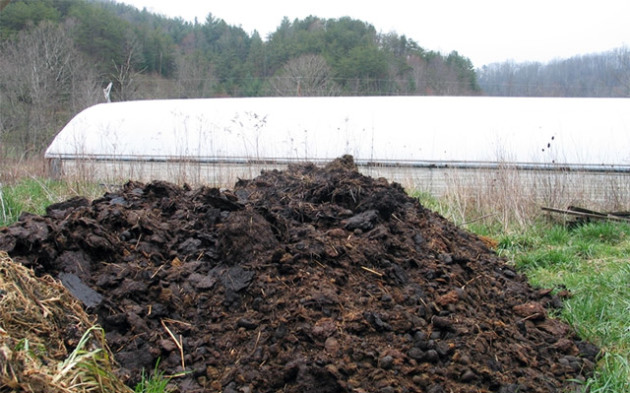
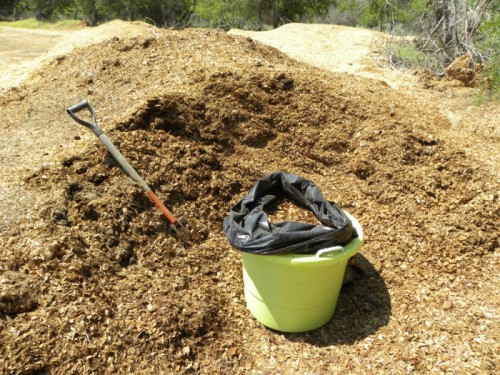
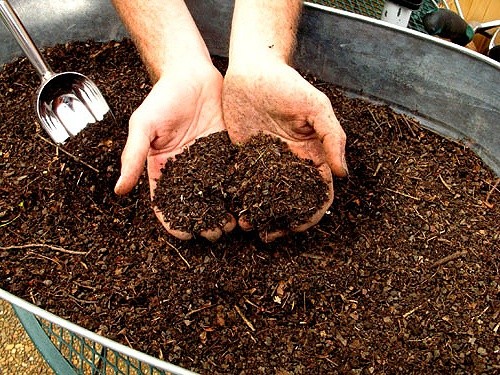
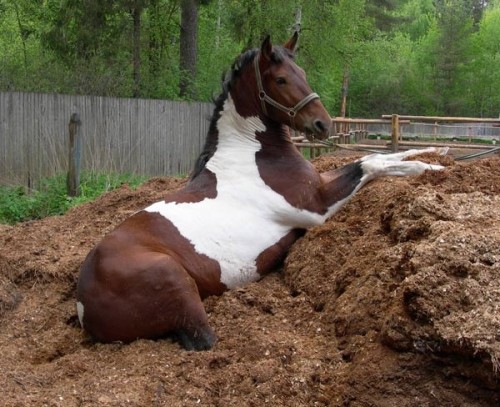





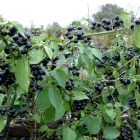
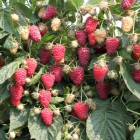
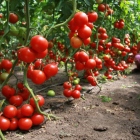
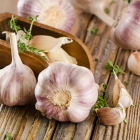
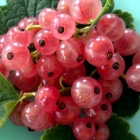
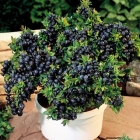
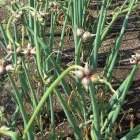
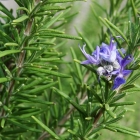
 Start a discussion ...
Start a discussion ...